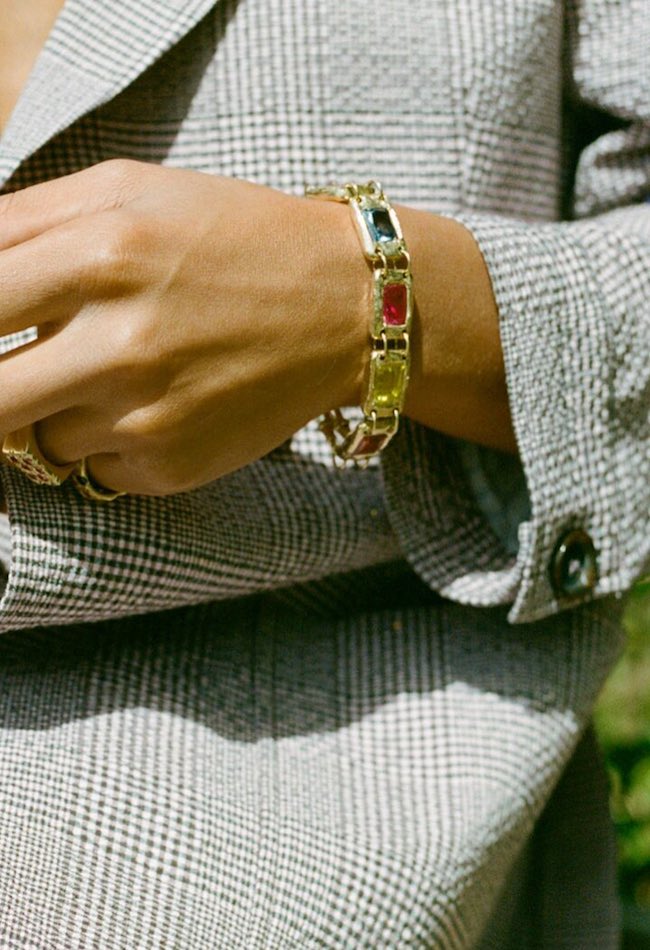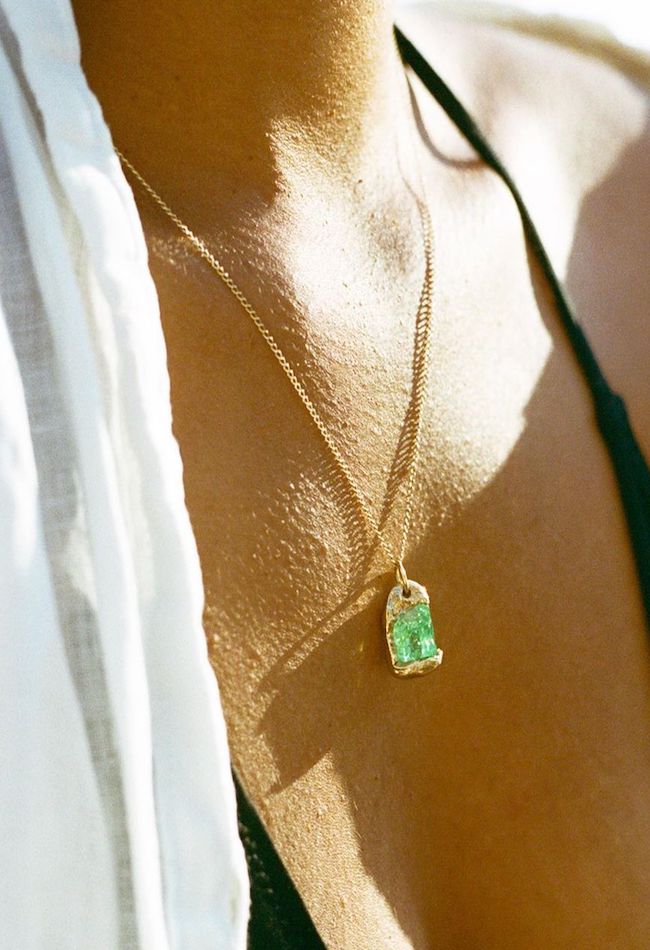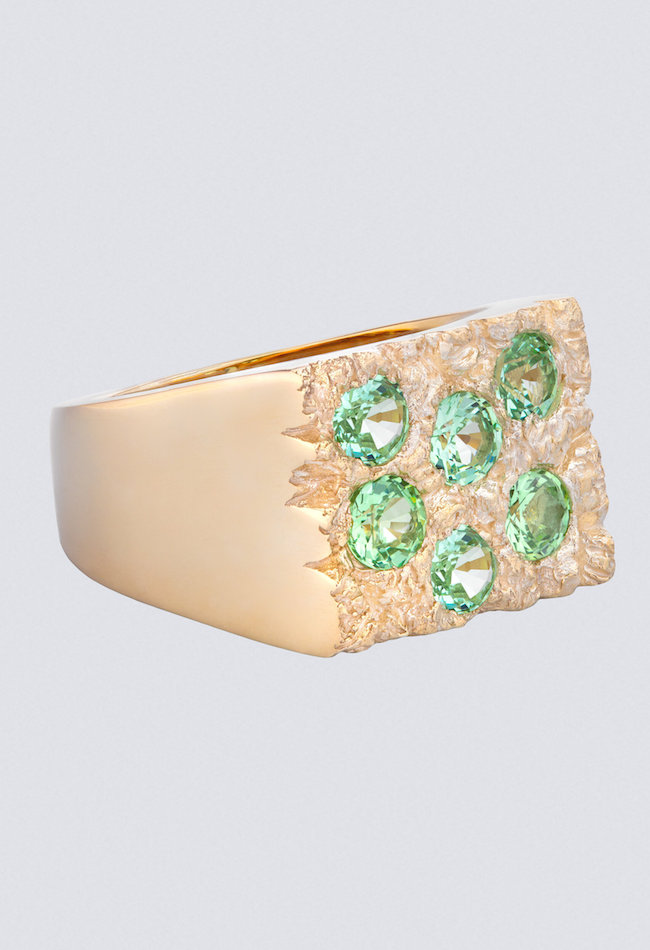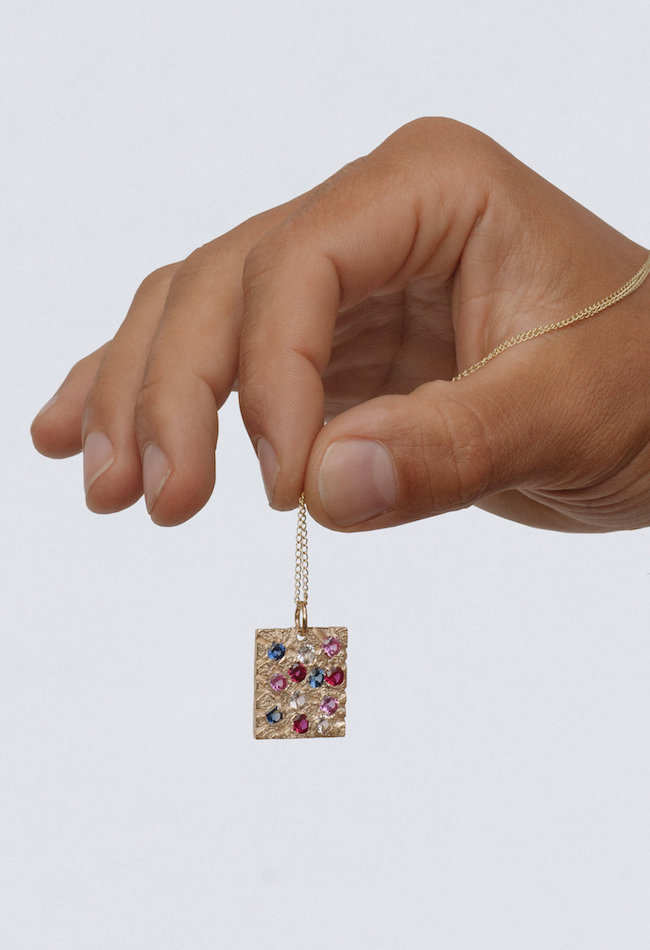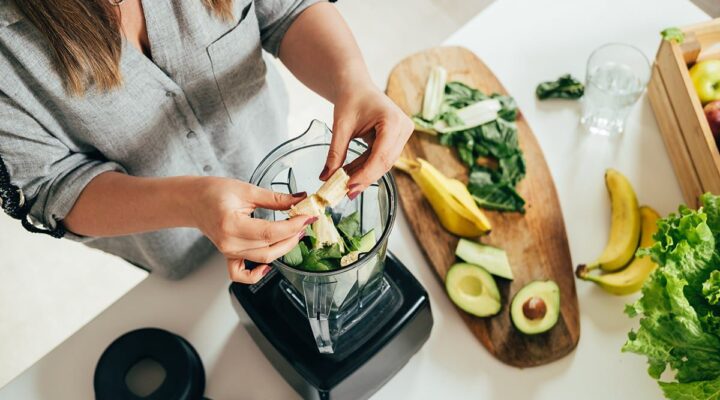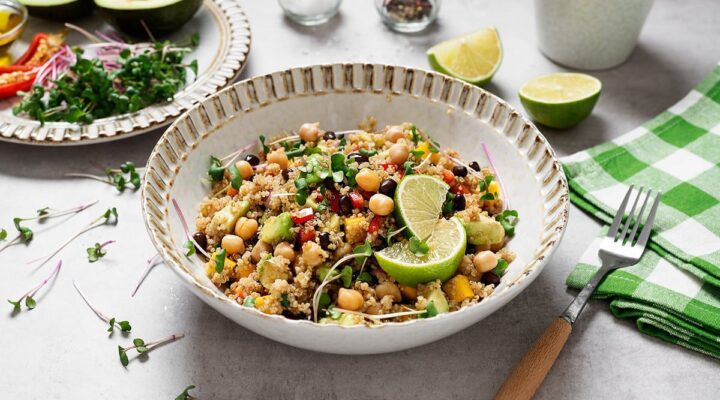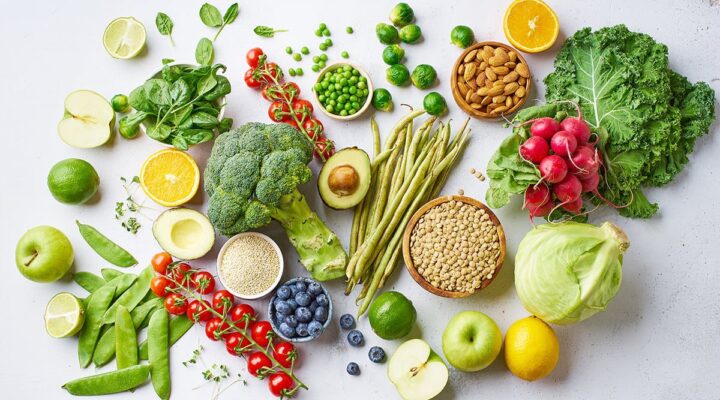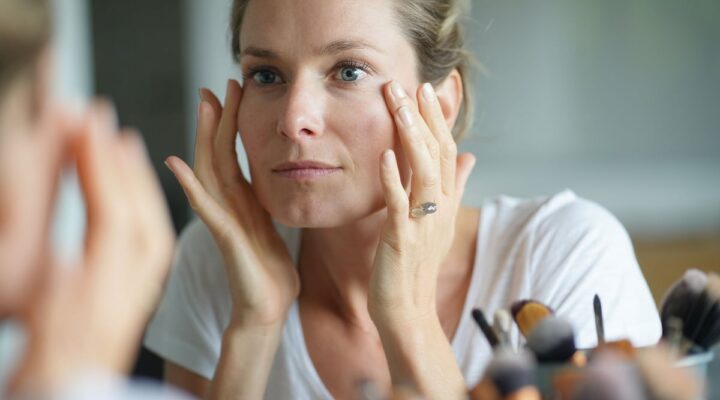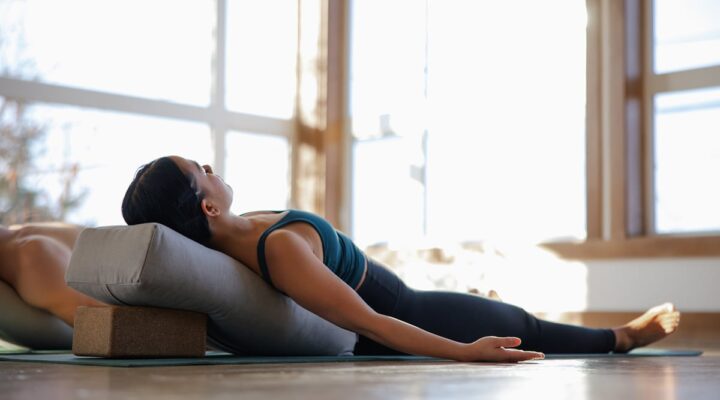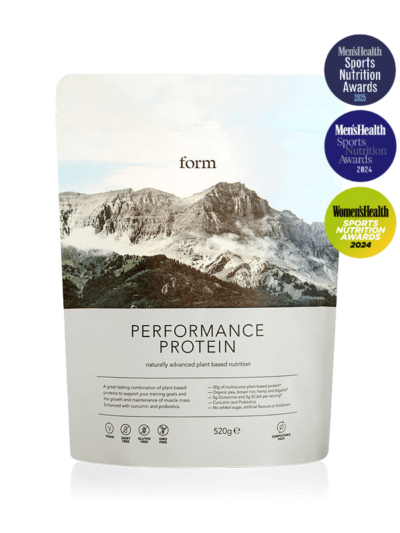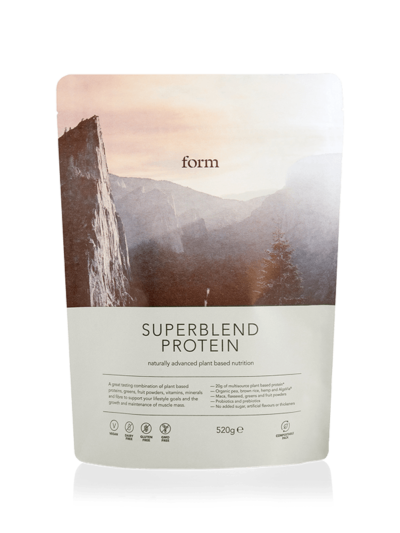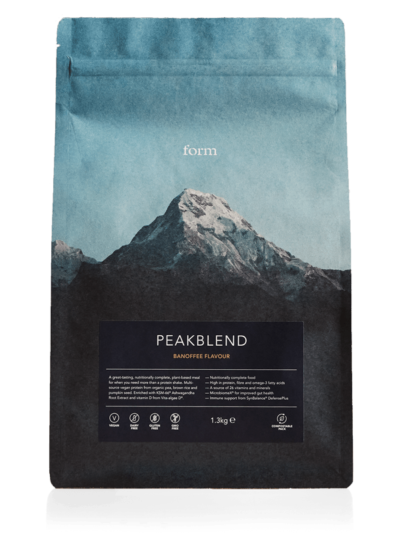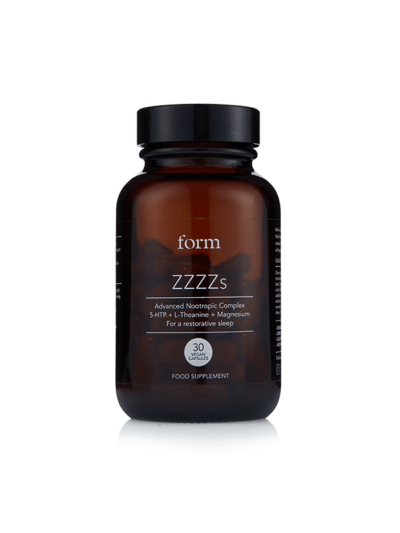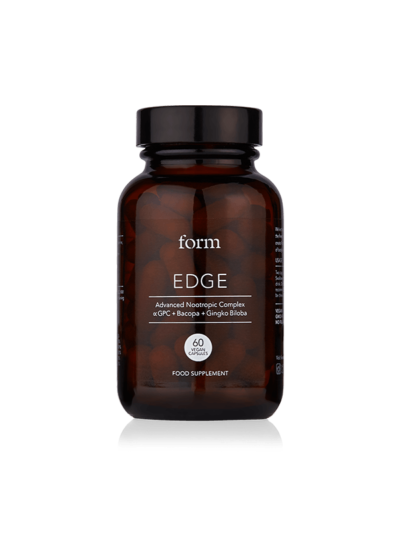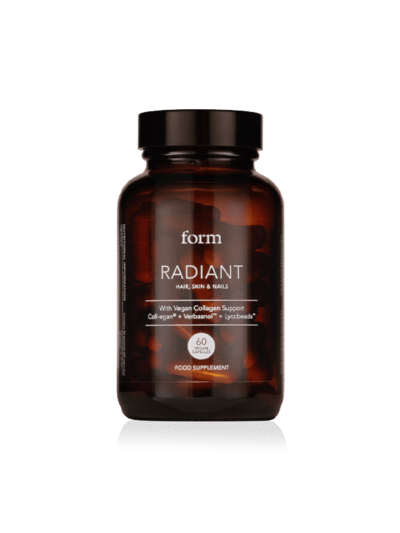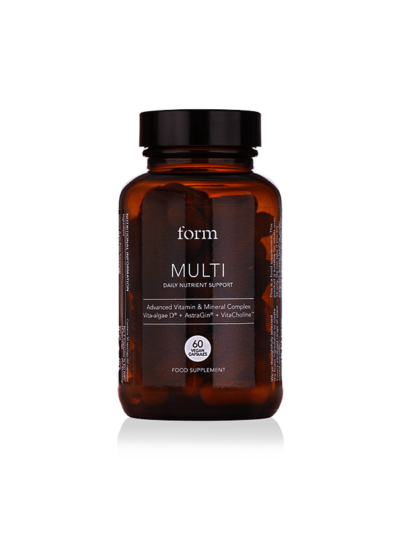Diamonds Are Forever: Why You Should Buy Sustainable, Ethically-Sourced Jewellery
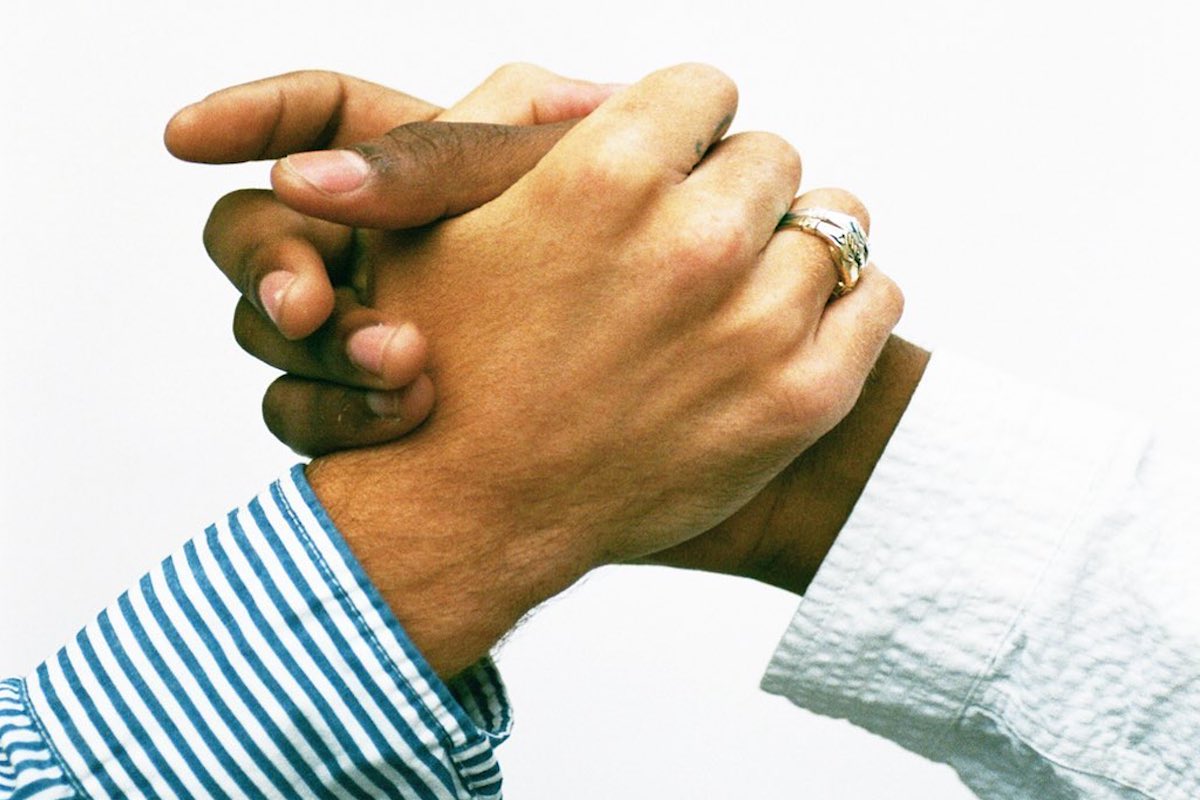
When it comes to what we wear, the conversation surrounding sustainability tends to hone in on clothing, with responsibly-sourced fabrics, closed-loop production, and recycled materials taking the majority of space on any fashion brand’s sustainability page. As more of us become more aware of the responsibility we have to the planet to buy better and ask questions of the people who make our clothes, it’s only natural that we start to think about sustainability in other segments of our wardrobe. Jewellery, for example.
Since Blood Diamond was released back in 2006, we have all been that bit more aware of the – to put it mildly – murkier practices of the jewellery industry. There have been inroads made into labelling gemstones from more salubrious sources, but an increased awareness of being kinder to the environment throws up further questions that affect jewellery in much the same way as fashion: even if precious stones or metals are sourced from reputable mines, what is the environmental impact of this? What is the carbon footprint flying these materials across the world?
These are just a few of the questions that Bleue Burnham tries to answer on the sustainability page of his eponymous jewellery brand – one of the most impressively comprehensive sustainability pages I have ever seen as a fashion journalist. There are sections dedicated to the ethics behind his banking, the energy he uses to make his pieces, his packaging – factors that global brands with exponentially more manpower don’t even address.
- Bleue Burnham
- Bleue Burnham
I first met Burnham, 29, when he was working at British menswear brand Oliver Spencer, helping to address sustainability in their supply chain. Having studied environmental sustainability at university, he first started making sustainable jewellery in 2014 when his then-partner taught him the basics of wax modelling.
The two combined in 2018 when he launched his jewellery line (now stocked at Harvey Nichols in London, Ssense in Canada, White Bird in Paris, and machesfashion.com worldwide), which is as notable for its eye-catching, modern vibe – rings and necklaces crafted from tactile precious metals and studded with candy-coloured stones – as it is for its environmental credentials.
Here, I speak to Burnham about the things to look out for to make sure your jewellery is produced and sourced as sustainably as possible. Read, and shine on.
What are the basic things you should look for to ensure your jewellery is as sustainably sourced as possible?
“The best thing to look at first is what materials have been used. Is the metal recycled and where are the gemstones from? Secondly, look at how long it’s going to last. Jewellery with a longer usable lifespan has a smaller footprint because it’s spread over a longer period of time and it stops you needing to buy more.”
You avoid plated metals in your jewellery. Why is this?
“This is very important to me as it links to the last question in regards to how long jewellery is designed to last. I think of plated or vermeil jewellery as the fast fashion of the jewellery world as it is only designed to last a short period of time. A small percentage of people might get things re-plated – and, besides, there’s only a certain number of times you can re-plate something. Plated and vermeil jewellery therefore encourages, promotes and normalises a disposable, short-term, and wasteful consumption culture – something which directly conflicts with environmental progression.
As designers it is our responsibility to be creating jewellery which is made with a low, neutral or negative footprint, and is designed to last for a longer period of time, releasing the pressure on the natural world’s finite resources. With jewellery this can be multiple lifetimes.
One argument that is often put forward is that it makes the jewellery more affordable, but this decision is purely based on economics, which is also something that needs to change. Besides, if you look around, you can get vintage and second-hand solid metal jewellery for the same price as plated jewellery.
What’s important is that environmental and social factors should play a more prominent role in decision making. We must remember that jewellery is a luxury item. It is non-essential. A natural world that supports human existence is essential. And if we want a natural environment that supports human life then we need to be serious about our relationship and standards with consumption.”
Is the general rule that you should try to buy sustainable jewellery that is made in this country in order to cut down on carbon emissions as much as possible?
“It helps, but isn’t essential. That all depends on the production process – the travel footprint generally isn’t that significant in relation to the rest of a piece of jewellery’s creation. The main thing is buying jewellery that lasts.”
- Bleue Burnham
- Bleue Burnham
Beyond the products you make you are also very clear about your banking practices. Why is this important to you?
“Where your money goes is important as a business or as an individual. Money is the nutrient of the economic system, so where the money goes is going to grow. Banks use your money to invest and if your bank invests in environmentally or socially adverse activities then you are indirectly supporting and growing these.
I would encourage everyone who wants to make a positive change to check their bank’s environmental and ethical policy, and ensure that their bank does not support the extraction, production or distribution of fossil fuels, that it only invests in activities which promote human rights, that it does not support the unsustainable harvest of natural resources, and that they do not invest in chemicals known to cause damage to natural environments and human health. I suggest Triodos or the Co-operative Bank.”
You use lab-grown stones in your jewellery. Is there anything a customer can look out for to ensure their natural stones are ethically sourced?
“From an ethics perspective you need to check the gemstones are fair-trade. Re-using old gemstones is also a great option.”
Are there any other points that you would like to flag to look out for when trying to buy ethical jewellery?
“As with clothing, it’s about buying quality jewellery which is made to last. Of course, a secondary benefit of this is being able to hand jewellery down through the generations. All of my favourite jewellery is from my grandparents.”



